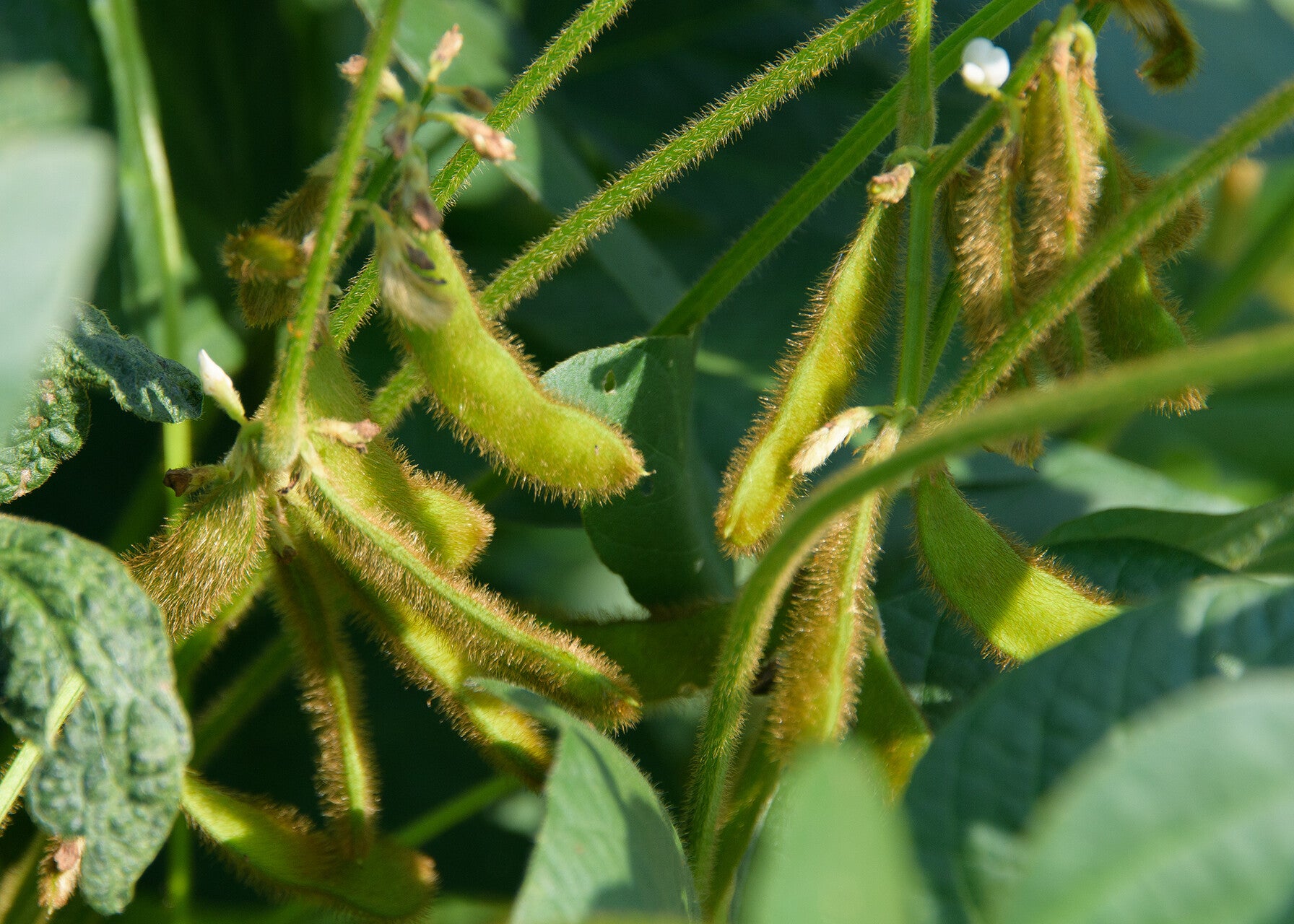Soybean production continues ascent in Miss.
Published 9:40 am Tuesday, December 21, 2021
By Nathan Gregory
MSU Extension Service
An improved price environment for soybeans pushed the crop’s value of production to near record highs in Mississippi in 2021.
Soybean production grew about 25% from $1.2 billion in 2020 to $1.49 billion this year. It is Mississippi’s second largest agricultural commodity for the second straight year and by far the state’s most valuable row crop.
Will Maples, a row crops economist with the Mississippi State University Extension Service, estimated soybean prices to be up around 20% from 2020.
“These higher prices supported increased acreage, which combined with good yields and higher total production,” Maples said. “Overall, 2021 was a good year compared to previous years. U.S. soybean exports have recovered from the low levels we saw in 2019 and are expected to remain stable throughout the 2021 marketing year.”
MSU Extension soybean specialist Trent Irby said about 2.2 million acres of the crop were harvested this year.
“Overall, this has been a good crop. We have had some exceptional yields in places and some quality challenges in others,” Irby said. “It looks like our average yield will be right at the previous record mark.”
These yields were achieved despite heavy rainfall during a stormy three-day period in June, which swamped some crops for long stretches.
“The part that hurts are all those acres that were off to such a good start when we had the rain and flooding,” Irby said. “Had that not happened, we would likely be looking at a new state record.”
Continued development of soybean varieties and growing season maintenance techniques, Irby said, have helped growers steadily improve production quality.
“We have a lot of really good varieties available, and that, coupled with thorough management from beginning to end, contributes to the increase in yield across many acres,” he said. “Adoption of the latest management strategies together with proven practices like early planting have taken soybean production to a higher level.”
The timing of production advancement, coupled with new uses of soybeans, is keeping demand high, which is good news for growers’ future prospects, Maples said.
“There has been an interesting development in soybean crushing that we have slowly been witnessing,” he said. “Traditionally, soybeans have been crushed with a focus on meal, but oil has been a secondary product. With a recent increase in biofuel demand, we are seeing higher oil prices expanding its share of the crush margin.”
Maples said this change has shifted the traditional focus on crushing soybeans for meal to oil.
“The development of the biofuel market is a strong price supporter of soybeans heading into the future and will be important to keep an eye on,” he said. “Soybeans have a lot of potential heading into the future.”





